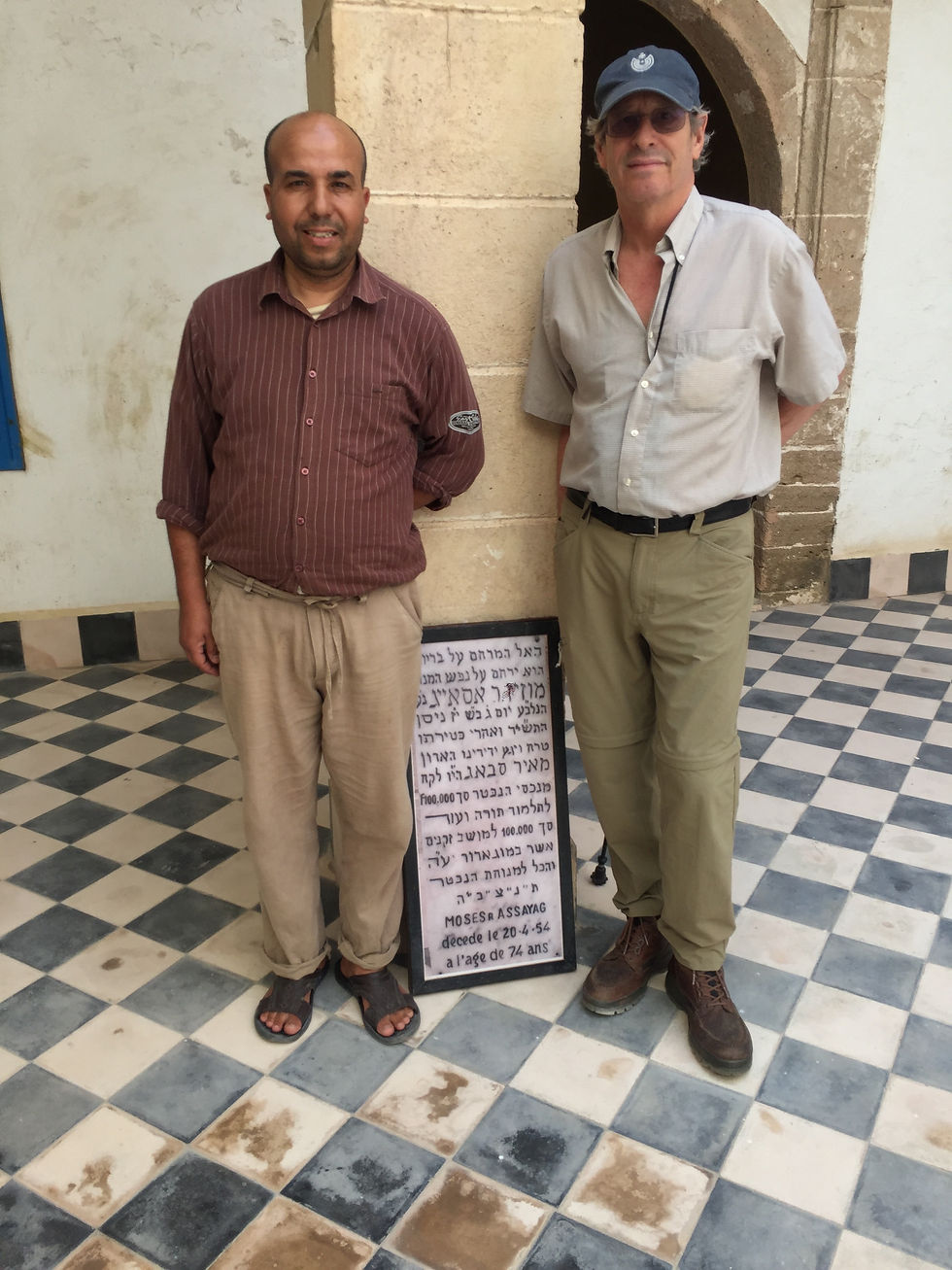Jewish Life in Morocco
- mcohe7
- May 9, 2019
- 1 min read
When we first started on our trip through Morocco I understood that there was a long history of Jews in Morocco. Every time we had a guide they would talk about the Jewish influence on life in Morocco for many centuries. It wasn't because this was a Jewish heritage tour. Jews in Morocco had an outsized importance to the country. So the question was, why did all (between 250,000 and 350,000 population) leave the country before the 1960s. There are 5000 Jews left in Morocco, which is still more than any other country in the Arab world.
We get glimpses of what Jewish life was like as we travel through the country. Almost everywhere there are abandoned Jewish quarters, many of which are disintegrating or being restored and lived in by Berber or Arab Moroccans.
The king of Morocco was asked by the French during WWII to turn over the Jews and his response was that he would not turn over "Moroccan citizens". So the question we kept asking was, if Morocco was so "accepting and welcoming" and if most Jews in Morocco were middle class why did most of them leave? The answer is of course complex, but here are a few factors:
Arab riots in conjunction with the establishment of Israel in 1948, the withdrawal of the French in 1956 and new laws that were restrictive to Jews in travel made the Jewish community fearful. In 2011, in response to the Arab Spring, Morocco's king established a new constitution that specifically acknowledged the importance of the Jewish people to Morocco and calling for rehabilitation of all Jewish sites.

















































Comments